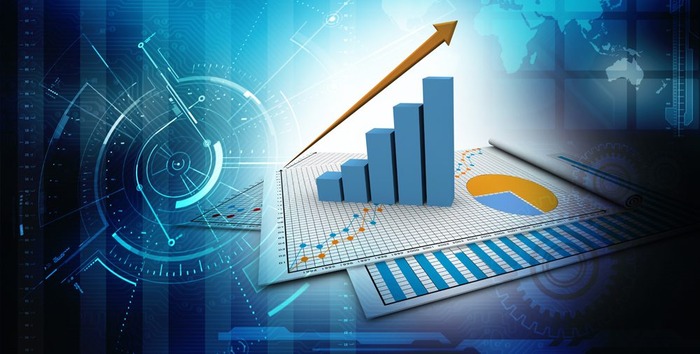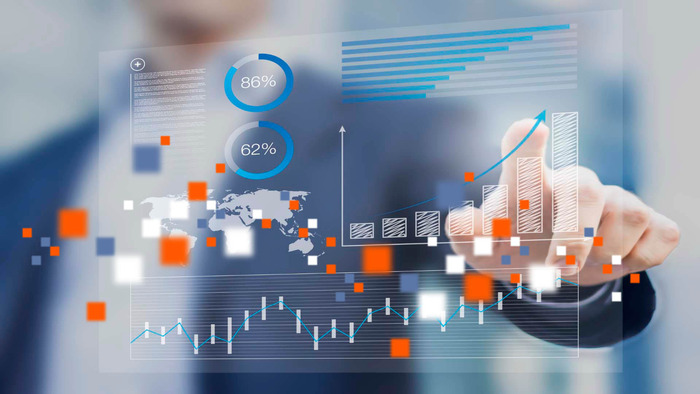Advanced analytics has become indispensable for election strategists and campaign managers in modern-day politics. With complex and rapidly changing trends in voter behavior, it’s essential to adopt a data-driven approach to political campaigning. Successful election campaigns in recent years have relied heavily on big data analytics technologies.
Therefore, with the advancement of data sciences, politicians have increasingly been shifting their attention to predictive analytics and observability as a way of predicting and responding to voter behavior. Data observability is also an important tool you need to check it out, it helps organizations to understand better and anticipate trends in voter behavior. This article explores how advanced analytics is being utilized to predict trends in voter behavior.
Predictive Analytics
Utilizing predictive analytics has proven to be a powerful technique for identifying trends in voter behavior. It can consider social media interactions, demographic data, and historical voting trends. By analyzing these datasets, predictive analytics can predict voter behavior and help campaign managers make informed decisions. Advanced analytics companies have developed tools to help political parties extract insights from social media data.
In recent elections, social media has been a powerful tool in shaping voter behavior, as it provides a global and open platform for people to share information, express their opinions, and interact with political candidates. For example, by analyzing social media data, parties can identify and target potential new voters and understand how the public is reacting to their policies.
Predictive Modeling
Predictive modeling is a technique used to identify key trends and develop predictive models. It involves analyzing complex datasets and developing mathematical models based on that data. These models can then be used to identify patterns and make predictions. In the political world, predictive modeling can identify voters’ behaviors and the reasons for those behaviors. Campaign managers then use the insights to develop strategies to address these behaviors.
On the other hand, predictive modeling can also be used to identify potential swing voters and target them with personalized messages. By leveraging advanced analytics technologies, political organizations can maximize their return on investment by reaching out to the right people at the right time.
Big Data Analytics
Big data analytics involves collecting vast amounts of data from different sources. In the political realm, this includes social media platforms, polling data, demographic data, and historical voting trends. Once collected, this data can be analyzed using advanced analytics technologies to extract insights that inform political campaigns’ planning and strategy. Using big data analytics to identify voter behavior patterns has proven effective in predicting voting patterns. Campaign managers can create personalized messages tailored to the intended audience by understanding the factors that drive voter decisions.
One of the advantages of using big data analytics is its ability to identify and track voters across different platforms. This allows campaigns to understand better how the public perceives them and adjust their messaging accordingly. Campaigns can also use big data analytics to create targeted messages tailored specifically toward certain groups of people, such as young millennials or senior citizens. Additionally, big data analytics can gauge public opinion on certain topics, which can help inform a campaign’s policy positions.
Machine Learning
Machine learning is an emerging technology that has proven effective in predicting voter behavior. It involves using algorithms that can learn from data without being explicitly programmed. For instance, machine learning can analyze voting patterns to identify correlations between predictive factors and outcomes. Machine learning can improve accuracy in predicting voting behavior by continually refining these algorithms. Moreover, it can also be used to identify potential trends in voter behavior that may occur in the future.
Conclusion:
The utilization of advanced analytics has proven to be a game-changer in modern-day politics. Data-driven approaches assist strategists in understanding voter behavior patterns and developing impactful campaigns. Predictive analytics, predictive modeling, big data analytics, and machine learning have proven to be effective methods in identifying trends in voter behavior, which is essential in developing campaign strategies that align with voters’ interests. We can be confident that advanced analytics will continue to be an indispensable tool in the political world, weathering the test of time.


